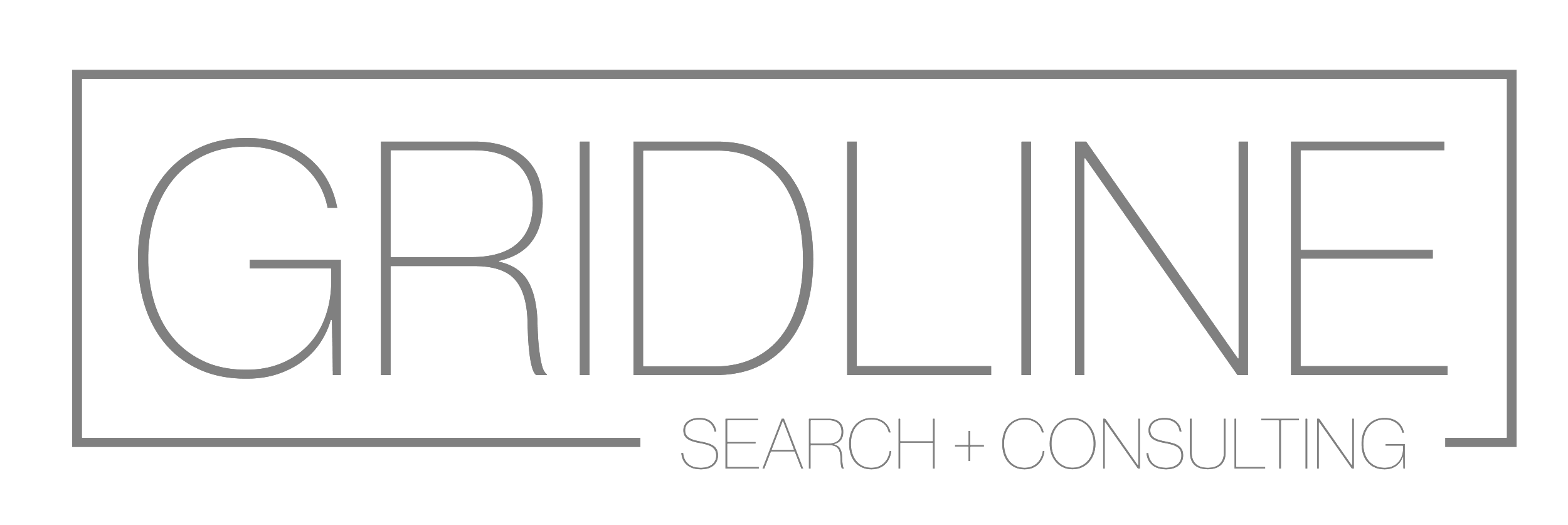In 2021 and 2022, BigLaw firms experienced unprecedented lateral hiring activity, driven by a surprisingly robust post-pandemic economy following a period of conservative hiring.
By contrast, 2023 and 2024 were cooler years for lateral activity, particularly in transactional law—the largest practice area. Rising interest rates slowed big transactions, which in turn impacted the demand for lateral associates in this space.
Now, as we look ahead to 2025, what trends can we anticipate?
Litigation and regulatory hiring will continue to be specific and steady.
When litigation and regulatory associates ask me, “Is the lateral hiring market hot or cold?” my response is always the same: “For you, it’s consistent.”
BigLaw’s lateral associate needs in these areas are often specific but steady, and I expect this trend to continue into 2025. Litigation, in particular, faces a perennial supply-and-demand imbalance: More entry-level associates want to be litigators than firms need. This dynamic allows firms to often fill a limited number of litigation vacancies without lateral hires, often by recruiting attorneys from judicial clerkships.
Regulatory hiring, on the other hand, operates differently. Regulatory practices are typically small and highly specialized. As a result, lateral hiring in these areas tends to be driven by very specific needs rather than broader trends.
Corporate hiring will gradually increase.
While corporate hiring is not expected to return to 2021 or 2022 levels, we can anticipate a slow but steady recovery in 2025. Current projections indicate only two or three interest rate cuts this year. For lateral hiring in corporate law to heat up, deal activity—particularly private equity-sponsored M&A—needs to rebound more significantly.
Private M&A thrives when money is cheaper and private equity firms can rely on leveraged finance. This type of deal activity generates substantial work for various transactional lawyers. Early indications for 2025 show a rise in openings for mid-level corporate associates, but a full resurgence in hiring will depend on greater deal market activity.
Mid-level associates will be in highest demand.
The most in-demand experience level for BigLaw lateral associates remains in the 3rd- to 5th-year range. While junior associates were also in high demand during the corporate hiring surge of 2021 and 2022, that trend is unlikely to return in a major way this year.
BigLaw firms continue to hire robust entry-level classes, leaving sufficient coverage for junior-level work. However, as workloads increase across various practice areas, firms will seek mid-level associates with some managerial experience who are still relatively cost-effective compared to senior associates.
Antitrust hiring will grow amid uncertainty.
The regulatory landscape for antitrust law is poised for significant changes, but much remains unclear about the specific impacts on lateral hiring. Will there be increased demand for antitrust regulatory attorneys? Possibly, but it depends on how the new administration reshapes the rules. Will antitrust litigators see fewer cases on behalf of corporations facing federal government scrutiny? Very possibly. And what about transactional advisory work in antitrust? This will largely depend on the resurgence of deal activity.
While growth in this area is likely, the exact nature of the demand will hinge on evolving regulations and economic conditions.
More firms will look for experience illustrated via deal sheets and matter lists.
Increasingly, BigLaw firms value detailed deal sheets and matter lists alongside resumes to assess whether a candidate’s experience aligns with their business needs. Even for junior litigation associates who have only worked on a few cases, providing a matter list can strengthen an application. Internal recruiters and hiring partners appreciate this additional layer of detail, which offers greater clarity about an associate’s expertise. (For more information on deal sheets, matter lists and other key application materials, see here.)



